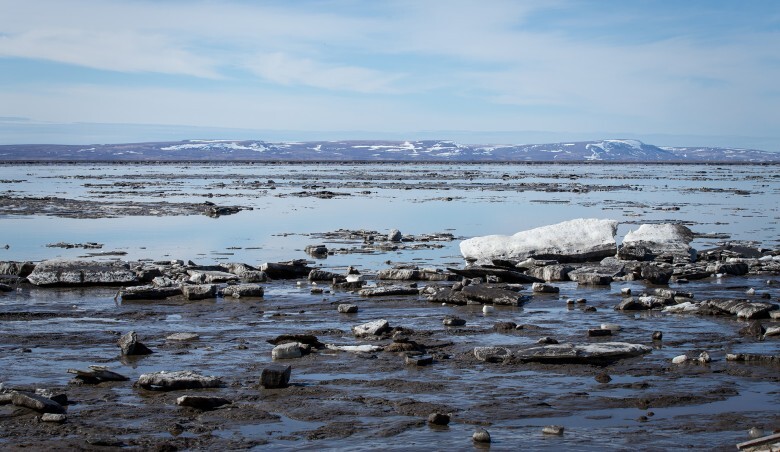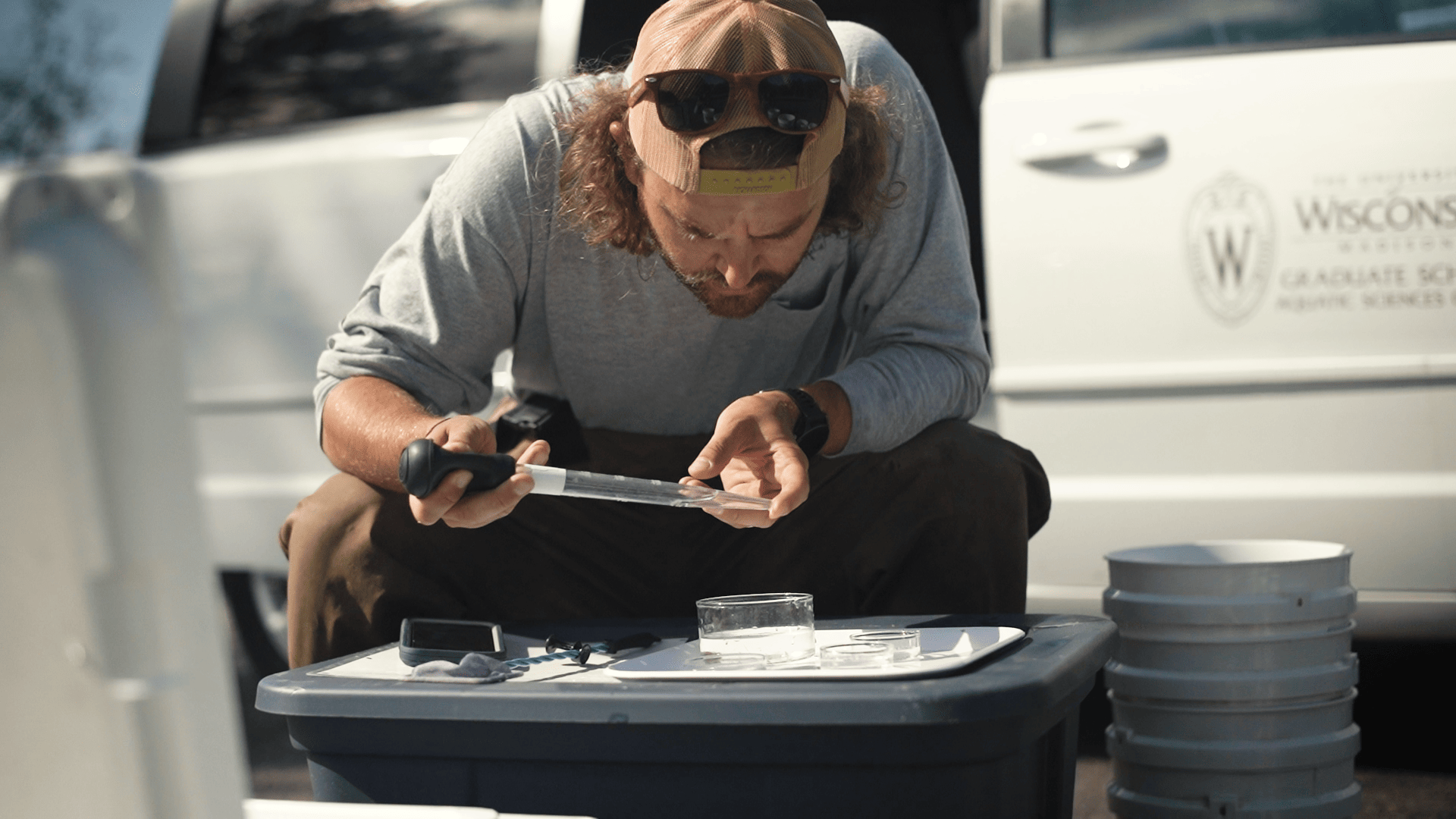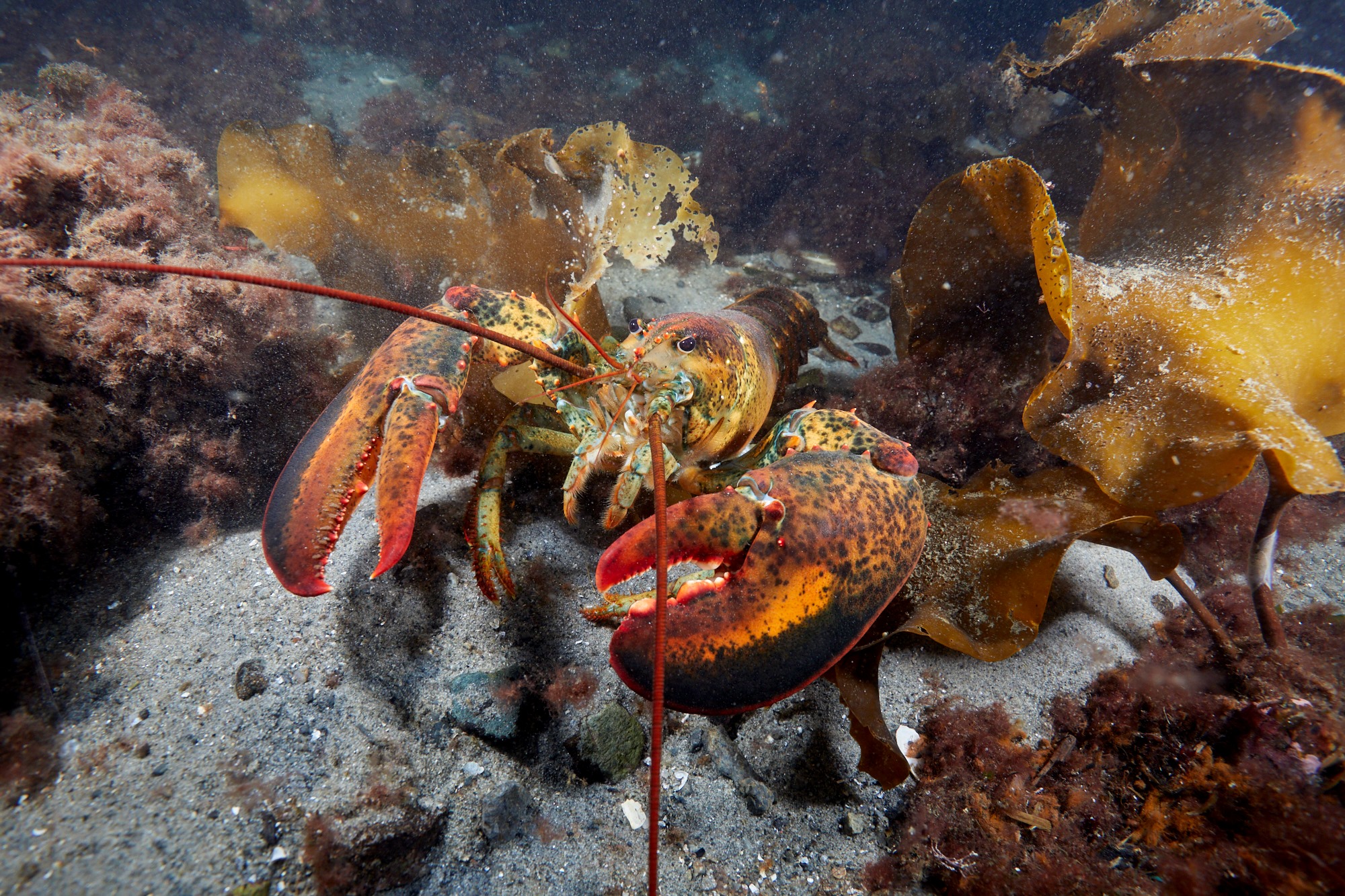Sea Grant rapid response investments in aquaculture in 2020 provide multifaceted benefits
Seafood is integral to coastal livelihoods and economies. But when the COVID-19 pandemic struck, small seafood businesses were endangered. Many restaurants closed and the market for fresh farmed shellfish dried up. Recognizing the need for innovative solutions, Sea Grant began rapid response investments in July 2020, specifically allocating $2.48 million to support the U.S. aquaculture industry. Several projects purchased farm fresh seafood originally intended for local restaurants and repurposed it to restore aquatic and marine environments. Not only did this creative solution aid in local restoration efforts but it also provided immediate relief to aquaculture producers whose sales were impacted by the pandemic.
Learn about the projects undertaken by six Sea Grant programs in this interactive story map. (Below is an accessible version of the story from the story map)
New Hampshire Sea Grant
Due to the pandemic, sales of farmed oysters to traditional buyers in New Hampshire decreased by 90%. As a key component of the state’s rich maritime culture, oyster growers needed aid. New Hampshire Sea Grant worked to provide assistance while building economic and environmental resilience.
Sea Grant’s project includes partnerships with eight growers to transplant approximately 80,000 oversized or misshapen oysters to an area of each farm for research on oyster population enhancement and ecosystem services. In testing the ecosystem services resulting from creating a reef on their farm, growers receive relief funding both for their oysters and their time spent transplanting and monitoring oysters in the experimental restoration areas.
As filter feeders, oysters are key to maintaining the health and nutrient balance of coastal ecosystems, with one oyster able to filter up to 50 gallons of water per day. In addition to monitoring the success of the re-planting effort, New Hampshire Sea Grant will conduct an economic assessment of the ecosystem benefits generated.
Learn more about New Hampshire Sea Grant’s project
New Hampshire Sea Grant also participates with the SOAR program in oyster restoration aquaculture
Connecticut Sea Grant
Connecticut shellfish farmers are using their vessels, which are normally employed to harvest oysters, to instead deposit oyster shells on Connecticut’s natural shellfish beds.
In a project sponsored by Connecticut Sea Grant and the Connecticut Department of Agriculture, shellfish farmers who endured severe sales losses due to the pandemic are being compensated for assisting with cleaning and restoration of the state’s shellfish beds. The exposed oyster shells will provide habitat for oyster larvae on more than 1,800 acres of the state’s 7,000 acres of natural beds in western Long Island Sound. Additionally, the project compensates farmers for shellfish that have grown too large for consumer markets and plants them in hopes of further restoring natural beds.
Natural shellfish beds are the main source of oyster seed for Connecticut’s commercial and recreational beds, linking their restoration to local economic success.
Learn more about Connecticut Sea Grant’s project
New Jersey Sea Grant Consortium
When New Jersey oyster farmers’ markets collapsed in spring of 2020, an opportunity arose to use overgrown oysters for habitat restoration while helping growers. New Jersey Sea Grant Consortium established a program in which a total of 76,000 farm-raised oysters were purchased from 16 oyster farmers and planted on various restoration sites in the Delaware Bay, Little Egg Harbor and the Mullica River. The project also created a shellfish exchange that will serve as a broker to link shellfish farmers and restoration programs for future efforts.
The purchased oysters will provide an ecological jumpstart for natural recruitment of oysters that might otherwise take years to achieve.
“This approach provides an opportunity for shellfish farmers to diversify their businesses, supporting a sustainable and healthy future for Bayshore ecosystems and economies.” – Lisa Calvo, Shellfish Aquaculture Program Coordinator
Delaware Sea Grant
Through purchases and donations, Delaware Sea Grant’s project reallocated 75,000 farmed oysters for ecological and economic benefits. The majority of oysters were distributed to seven commercial fisheries areas in Delaware Bay, in hopes of furthering their growth before harvest, while a subset of oysters were donated to a developed oyster restoration effort in Rehoboth Bay
Furthermore, researchers with Delaware Sea Grant will use the transfer events as an opportunity to measure and compare oyster growth and survival before and after transfer. Information collected on shell length and mortality will assist in evaluating the program’s efficacy.
“It helped everybody. It was a real proactive approach to the dilemma that all of us aquaculture guys were having.” – Dave Beebe, Rehoboth Bay Oyster Company
Florida Sea Grant
Diminished sales due to the pandemic not only affected oyster growers but also clam growers.
For their project, Florida Sea Grant purchased excess aquacultured clams, market sized and oversized, to both directly help growers and test the use of larger clams for habitat restoration and water quality improvement. These clams were harvested from active lease sites in the Gulf of Mexico and transported to Florida’s east coast, then placed on an existing aquaculture lease site in the Indian River Lagoon.
The project builds on existing experimental infrastructure in the Indian River Lagoon to test the success of using larger and more genetically diverse clams to generate ecosystem services from restoration, all while contributing to the market for hard clams.
Learn more about Florida Sea Grant’s project
Read about Florida Sea Grant’s on-going restoration aquaculture efforts
Mississippi-Alabama Sea Grant Consortium
The Concerned Oystermen Restoring Estuaries (CORE) Program offers oyster farmers in Alabama and Mississippi two opportunities to receive payment for their oysters that have continued to grow while traditional markets are unavailable.
Created by Mississippi-Alabama Sea Grant Consortium, the program purchases three-inch and larger single oysters for study as “reef jump-starters”. The first opportunity allows commercially licensed farms to provide up to 8,000 oysters each while the second opportunity allows farms to provide oysters in proportion to their 2019 landings, up to 136,000 oysters total, and pays farmers to use their vessels for transport to designated reef sites. So far, 60,000 oysters have been purchased from seven farms and placed on two non-harvestable reefs in Alabama and Mississippi.
CORE will monitor the farmed oysters’ growth, survival and provided ecosystem services. Sea Grant will also continue to engage with growers and buyers during this challenging time. The program is ongoing and additional oysters will be purchased from farmers through mid-2021.
CORE program helping oyster farmers survive COVID-19 from Alabama NewsCenter on Vimeo.
—-
These efforts represent just a small portion of Sea Grant’s overall response to COVID-19. To learn about additional Sea Grant efforts to assist the seafood industry, such as direct marketing and seafood consumption campaigns, along with responses in the tourism and education sectors, click on the story link below.
Sea Grant responds to COVID-19
To learn about Sea Grant’s on-going oyster restoration efforts, click on the webpage link below.


